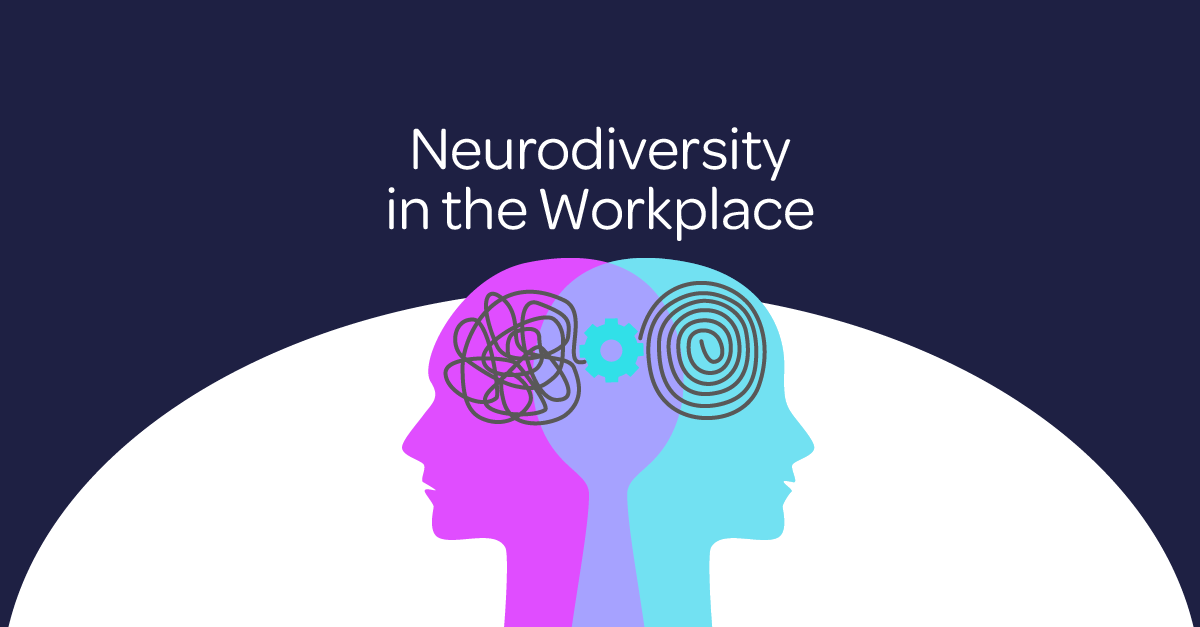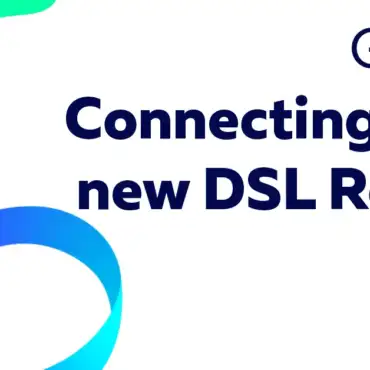Diversity consultant Susan Woods, Henderson Woods, explains, “Diversity of thought is fundamental to understanding the power of diversity and inclusion. It’s what creates learning, stimulates the possibility of innovation and actively demonstrates respect.”
Definition
The word neurodivergent was coined by sociologist Judy Singer in 1997: “Neurodiversity refers to the virtually infinite neuro-cognitive variability within Earth’s human population. It points to the fact that every human has a unique nervous system with a unique combination of abilities and needs.”
Where a neurotypical brain thinks and processes information within the boundaries of a societal norm, a neurodivergent brain functions, learns and processes information differently.
Neurodivergence highlights a difference in the way people naturally think. It is estimated that over 15% of people in the UK are neurodivergent, including ADHD, Autism, Dyslexia, Dyspraxia, OCD, Bipolar Disorder, and Schizophrenia.
The Social Model of Disability
The social model of disability was developed by disabled activists in the 1980s, and aimed to reframe how we think about disability.
The charity Scope explains: “The social model of disability says that disability is caused by the way society is organised, rather than by a person’s impairment or difference. It looks at ways of removing barriers that restrict life choices for disabled people. When barriers are removed, disabled people can be independent and equal in society, with choice and control over their own lives.”
Here’s a common analogy: a wheelchair user faced with a set of stairs, the medical model would see the person as needing a ‘cure’ to walk up the stairs, and the social model would ask why there isn’t a ramp.
Equality Act 2010
A person is disabled if they have ‘a physical or mental impairment’ which has ‘a substantial and long-term adverse effect’ on their ‘ability to carry out normal day-to-day activities’. Therefore, someone may not have been diagnosed with a neurodivergence but still be considered to have a disability under the Equality Act 2010.
Being neurodivergent will usually amount to a disability under the Equality Act 2010. This means the organisation has a legal obligation to make reasonable adjustments to the workplace and the individual’s role that will remove or minimise any disadvantage to them.
Destroy the Assumption that ‘Different’ is ‘Wrong’
Although times and understandings are changing, there is still a negative bias towards a lot of neurodivergence. Let’s use ADHD as an example. When thinking about an employee with ADHD some of the first traits that come to mind are often negative – disorganisation, lack of concentration, or being easily distracted.
In a well-known article by Forbes, ‘ADHD: The Entrepreneur’s Superpower’ this notion is completely flipped on its head. Instead, it delves into all the ways that ADHD-thinking can in fact be a positive addition to a business. It highlights the traits of ADHD excel businesses, such as the ability to hyperfocus, thriving under pressure, multitasking and a persistent drive to move forward.
Neeleman told ADDitude Magazine, “I can distill complicated facts and come up with simple solutions. I can look out on an industry with all kinds of problems and say, ‘How can I do this better?’ My ADD brain naturally searches for better ways of doing things.”
Accommodate Different Needs
Believing in a ‘one shoe fits all’ approach for your workplace is reductive, and not creating a safe, inclusive space for neurodiversity. Employers should ensure that there are no repercussions for asking for or discussing accommodations.
Show that you are open to discuss any relevant changes, and make sure that all conversations regarding neurodiversity remain confidential. By creating a people-centric workplace, this now comes hand-in-hand with creating a welcoming, comfortable environment that accommodates to neurodivergent staff.
Make it Inclusive
Neurodivergent colleagues can bring deep focus, creativity, intense expertise, innovation, and lateral thinking to the table. Difference should be celebrated instead of looked down on.
Think about what your place of work can do to make the space more inclusive. One thing that you could do is include training for neurodivergence awareness. If people feel misunderstood this can lead to isolation, a lack of engagement and a change in the social dynamic of the office which can have a huge effect on mental health and wellbeing.
Conclusion
In conclusion, embracing neurodiversity and fostering an inclusive work environment is not only morally right but also a strategic advantage for organisations; neurodivergence possess a diverse range of cognitive abilities and thinking styles that can bring fresh insights and approaches to the table.
Creating a truly inclusive workplace requires a commitment to open dialogue, confidentiality, and a willingness to accommodate different needs. By providing training on neurodivergence awareness and fostering an environment where discussions about accommodations are encouraged, employers can create a safe and supportive space for neurodivergent staff.
Sources:
https://www.cipd.org/en/knowledge/guides/neurodiversity-work/
https://www.inclusiveemployers.co.uk/blog/neurodiversity-in-the-workplace-understanding-is-key/
https://www.acas.org.uk/archive/neurodiversity
Our Knowledge Hub For SME Insights
Wayv Shortlisted in Chamber of Commerce Awards 2025
We're pleased to share that we've been shortlisted by the Barnsley & Rotherham Chamber of Commerce in their annual awards for the second year running!
Wayv Volunteering July 2025
On Friday 11th July, the Wayv team helped out at Norton Nurseries, a food growing site recently acquired by Food Works, a Sheffield-based social enterprise.
Guide: Connecting your new DSL Router
Instructions for connecting your new DSL router
Navigating the Big Switch Off for your business
If you’re one of the estimated 75% of small to medium businesses still relying on traditional phone lines, read on to find out how to navigate the switchover.
Why business phone systems are adding more value than ever
Phone systems now integrate with other business systems as standard, enabling a more streamlined approach to managing business communications.
Wayv Shortlisted in unLTD Business Awards 2024
Following on from our shortlisting in the Barnsley and Rotherham Chamber of Commerce’s Celebration of Business Awards, we’re…
Wayv Shortlisted in Chamber of Commerce Awards 2024
“We’re proud to be shortlisted in these awards alongside some fantastic local businesses. Our continued growth is testament…
Wayv Certified Carbon Neutral for Second Year
Wayv are delighted to have been certified carbon neutral by Carbon Neutral Britain for the second year running.














